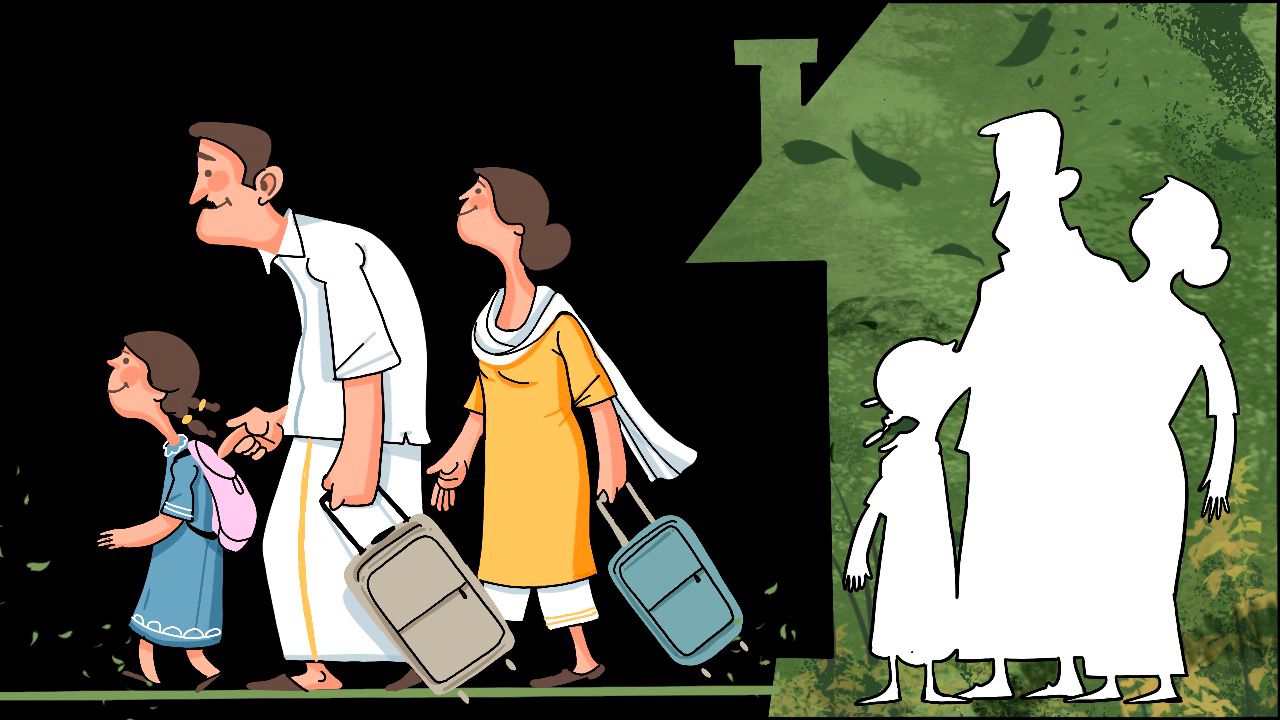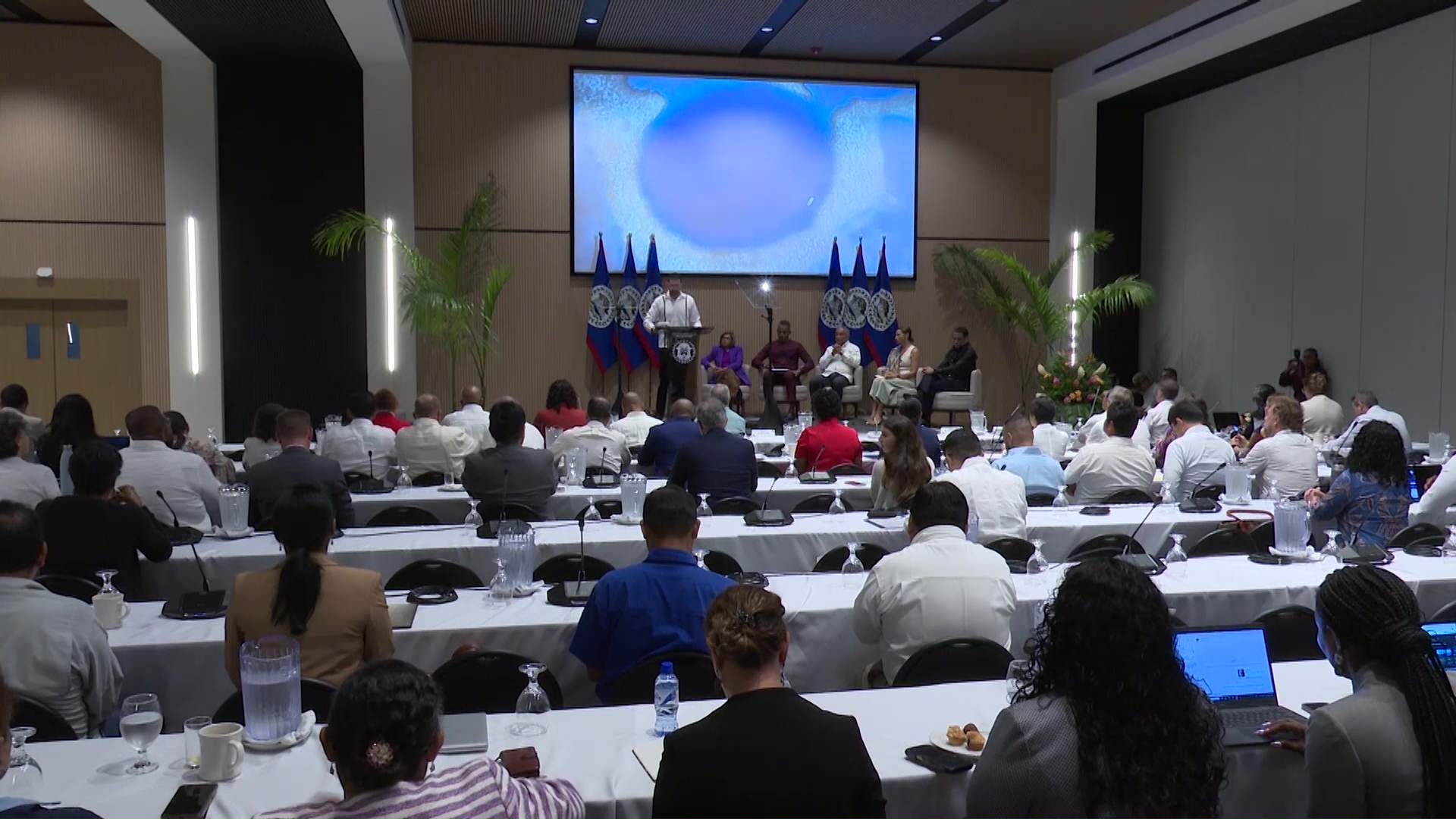Copyright thesouthfirst

61,000 empty homes, a Rs 5 crore project on paper, and the haunting silence of migration in Pathanamthitta Ghost villages and ghost homes are a visible effect of migration, compounded by declining fertility. Pathanamthitta stands out because migration is highly visible here. Synopsis: Kerala’s Pathanamthitta, known for its lush greenery, clean air and thriving institutions, is increasingly grappling with ghost homes – nearly 61,000 unoccupied houses as waves of migration, both to the Gulf and Western countries, empty villages and alter the makeup of local communities. While remittances bolster Kerala’s economy, migration is taking a heavy social and demographic toll. The state’s efforts, including the ₹5 crore K-Home project, intended to convert vacant houses into tourist stays, have yet to take off. Rolling emerald hills, river-fed fertile farmlands, reputed hospitals, and thriving educational institutions… Pathanamthitta, in the heart of Kerala’s Travancore region, is rich in greenery, wildlife, and development. Its air is remarkably clear, with an average of 16 µg/m³ of PM2.5, just above World Health Organisation guidelines, a rarity in contemporary India. The Central Pollution Control Board (CPCB) ranks the town as India’s second least polluted, after Tezpur in Assam. It is a land that one would assume people would strive to live in. Yet paradoxically, the district is seeing an increase in ghost homes – unoccupied houses left behind by families who have moved away permanently. The numbers are staggering. The latest figures from the Local Governance Department, obtained by South First, show that over 61,000 homes in Pathanamthitta now stand closed. Last year, Finance Minister KN Balagopal announced K-Home, a ₹5 crore project to breathe life into these empty houses by turning them into short-stay tourism havens. But on the ground, the silence continues. The project remains largely on paper. “Ghost homes have been discussed frequently in churches, as attendance is declining. We cannot stop children from migrating – they will continue to do so” – Fr Cyriac Thundiyil from the CSI Diocese. Also Read: Kafala out, contracts in: Can Saudi Arabia’s labour reforms end decades of exploitation of Indian migrants? Ghost homes and the tide of migration On average, each panchayat in Pathanamthitta has around 900 closed homes, most of which remain locked and unused. “Most of the older residents from these areas moved decades ago to Gulf countries like Dubai, Saudi Arabia, and Kuwait to find work, and many of them settled there permanently. In recent years, younger people are increasingly moving to Western countries such as the UK, Canada, Australia, and Ireland, mainly for studies and jobs,” said Anu Vasanthan, a councillor in Adoor municipality, to South First. “The district’s vulnerability became clear during the 2018 Kerala floods, when the Pamba River flooded thousands of homes. After the disaster, many children living abroad started bringing their parents with them, speeding up the migration.” The numbers are as follows: Pathanamthitta Municipality – 2,452 homes Adoor – 3,266 homes Pandalam – 1,521 homes Thiruvalla – 1,050 homes Konni – 759 homes Omalloor – 1,300 homes Eraviperoor & Kumbanad – 2,630 homes Kaviyoor – 750 homes Kadampanad – 2,031 homes Erath – 1,926 homes Ezhamkulam – 1,986 homes Pandalam Thekkekkara – 696 homes Mallappally – 1,150 homes Ranni – 950 homes Pazhavangadi – 730 homes Vasanthan said that a few residents inform local bodies when they go abroad. “Parents who leave for six months to a year usually notify us that they will be away. Youngsters, however, often have little connection with local bodies and directly inform the police if their homes will remain unoccupied,” he explained. “In any case, we maintain police monitoring. Most vacant houses are identified by members of the Haritha Karma Sena when they come to collect plastic waste and report cases like this one, which appears to be closed.” Also Read: Kerala’s migration paradox: Caught between promise and peril The human cost of migration Ghost villages and ghost homes are a visible effect of migration, compounded by declining fertility. Pathanamthitta stands out because migration is highly visible here. Dr Anil Chandran, head of the Department of Demography at Kerala University, explained that “the era of population explosion is over everywhere. “Kerala reached its peak population in the 1990s, and by 2041–2051, the state is expected to witness negative growth. In the last census, Pathanamthitta and Idukki already showed a decline. Within the next decade, five more districts may join this trend,” he told South First. “However, migration has a positive side too. Nearly a quarter of Kerala’s economy depends on remittances. While it does lead to brain drain, it also contributes significantly to the state’s economy.” The impact of migration on Pathanamthitta is not limited to empty homes. Churches and educational institutions are also feeling the effects. Fr Cyriac Thundiyil from the CSI Diocese points out that the district’s strong Christian presence, particularly in Kumbanad where many elite NRIs reside, has not shielded it from the phenomenon of ghost homes. “Ghost homes have been discussed frequently in churches, as attendance is declining. We cannot stop children from migrating – they will continue to do so. In some churches, there are not even children attending catechism classes,” he told South First. The migration of young people is also changing the education landscape. According to Fr Thundiyil, most students now leave the country after completing 12th grade, and many hold foreign citizenship despite being born and raised locally. He added that several church-run arts and science colleges in Enath, Champakullam, Koothattukulam, and Piravom have already closed. “This is an issue that requires proper attention from the government,” he said. Migration has left deep personal and social scars in the district, a reality recalled by Alex Mammen, an ex-NRI from Thiruvalla who worked in Kuwait. He points to the 1990 Kuwait War as a turning point: thousands of expatriates were stranded overnight, triggering mass evacuations and a profound economic and social upheaval at home. “India launched one of the largest civilian airlifts in history, rescuing over 170,000 citizens – a feat that earned Air India a place in the Guinness Book of World Records,” he said. Local residents also stepped in to help. “Amid the chaos, local heroes like Toyota Sunny from Kumbanad helped stranded Indians, inspiring the Akshay Kumar film Airlift by Raja Krishna Menon,” Mammen added. Today, the migration landscape has shifted. More people now move to Europe rather than the Gulf, and many households are split between India and abroad. Some ex-NRIs have returned, others live with children overseas, and a few have moved into old-age homes with VIP amenities. Yet the sense of separation, longing, and loss remains. “This is why so many of my neighborhoods are now filled with ghost homes,” Mammen said. Also Read: Who brings home Kerala’s marine catch? Mostly migrants now, finds CMFRI K-Home initiative aims high, but the ground reality lags Last year, the Kerala government launched an ambitious initiative called K-Home, aiming to convert the state’s vast inventory of vacant homes—especially those owned by NRIs—into budget-friendly tourist accommodations. Designed as an upgraded version of homestays, K-Home seeks to offer affordable lodging options for travellers while putting unoccupied properties to productive use. According to rough government estimates, Kerala has around 10 lakh vacant houses. The tourism department has prepared detailed guidelines and standard operating procedures to help property owners enrol their homes, ensuring clarity on documentation, verification, and registration. The government has also allocated ₹5 crore for the project, with plans to pilot it within a 10-km radius of major tourist destinations. However, in Pathanamthitta, the initiative is yet to take off. “The project exists only on paper here. No surveys, no active steps, nothing has been done. People are trying to sell their homes and land instead,” Victor T Thomas, BJP national councillor from the district, told South First. He explained that after the 2018 floods, land values in the district plummeted, and post-demonetisation, the real estate market has struggled to recover due to a lack of liquidity. Thomas suggested that while K-Home may work elsewhere, Pathanamthitta might benefit more from farm tourism, which could leverage the district’s natural landscapes and agrarian heritage rather than waiting for unimplemented government schemes. The grand vision of filling vacant NRI homes with travellers remains a distant goal for now. (Edited by Dese Gowda)



